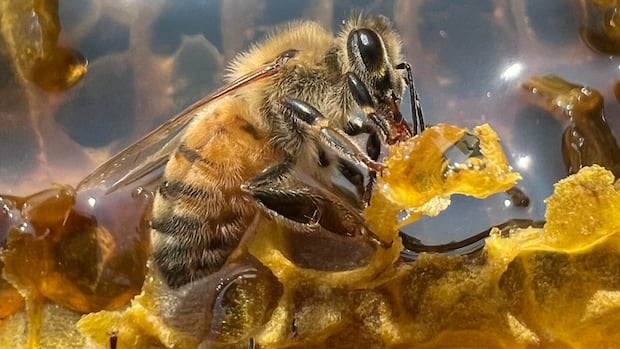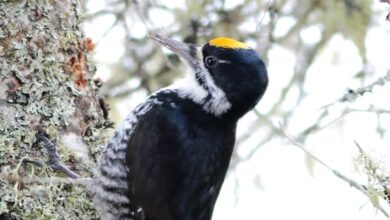Campaign launches to protect endangered badgers being killed on roads in B.C.’s Interior

American badgers in British Columbia are facing a tough time during the summer months, with many falling victim to car accidents on the road. Karina Lamy, a carnivore conservation biologist with the provincial government, highlighted the dangers faced by these elusive creatures. She mentioned that the mortality rate for badgers peaks in July, with up to 80 percent of kits not surviving into the fall due to road accidents.
To address this issue, the province has launched the B.C. Badger Connectivity Initiative in collaboration with conservation organizations Badgers in B.C. and the Simpcw Resources Group. The initiative aims to create safer road crossings for badgers by implementing new highway infrastructure and building passable culverts at five locations in B.C.’s Interior where badgers are most at risk of being killed by traffic.
To gather information on badger sightings and movements, the initiative is urging residents to report any sightings of badgers, whether alive or dead, on the Badgers in B.C. website. These reports will be used to build a provincial database that will help identify areas where infrastructure improvements are needed to protect badgers.
Ceryne Staples, who leads the badger conservation program within Simpcwúl̓ecw, emphasized the importance of community sightings in tracking badger populations. She stated that reports from people on the land are crucial for conservation efforts.
Despite being endangered in the region, badger sightings in British Columbia are rare. Lamy mentioned that there are around 245 mature badgers in the Cariboo, Thompson, and Okanagan regions, with an additional 160 in the Kootenay Boundary region. Habitat loss, traffic accidents, and historical persecution have contributed to the decline of badger populations in the area.
Contrary to popular belief, American badgers are calm creatures. Lamy described them as surprisingly relaxed and peaceful, dispelling the notion that they are fierce animals. Researchers are currently trapping badgers to track their movements and behavior, as well as monitoring passage rates in culverts using cameras to gather more data for conservation efforts.
By working together with the Ministry of Transportation and First Nations partners, the B.C. Badger Connectivity Initiative aims to design better roads and infrastructure to protect these endangered animals and ensure their survival in the wild.




